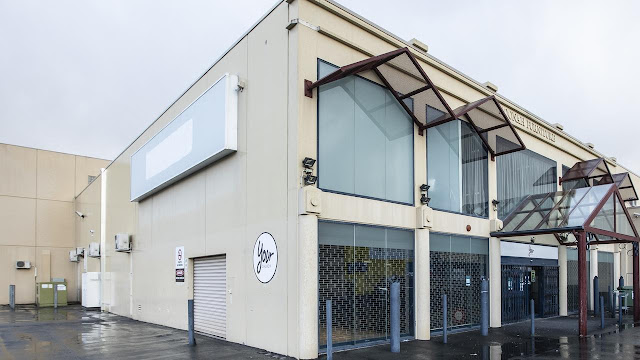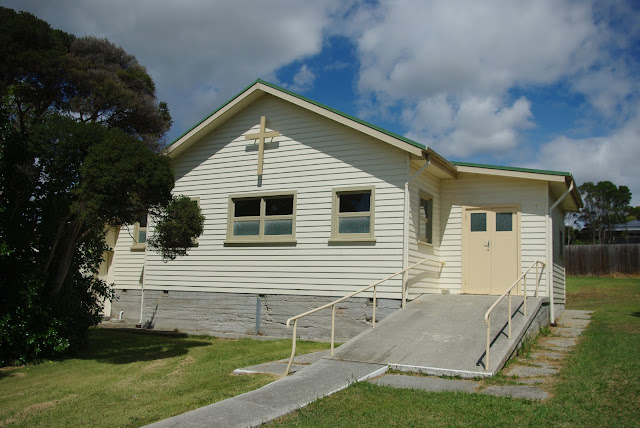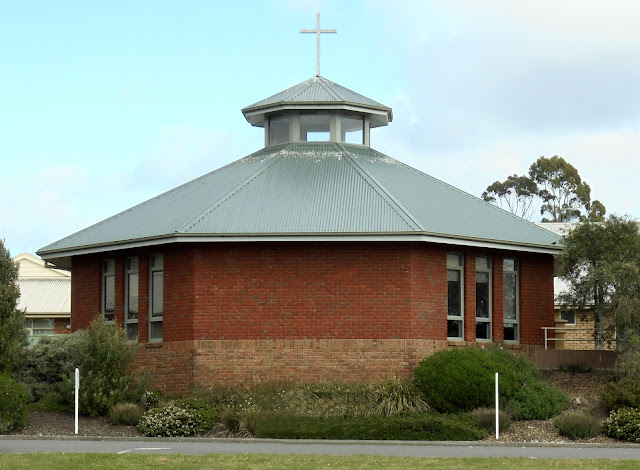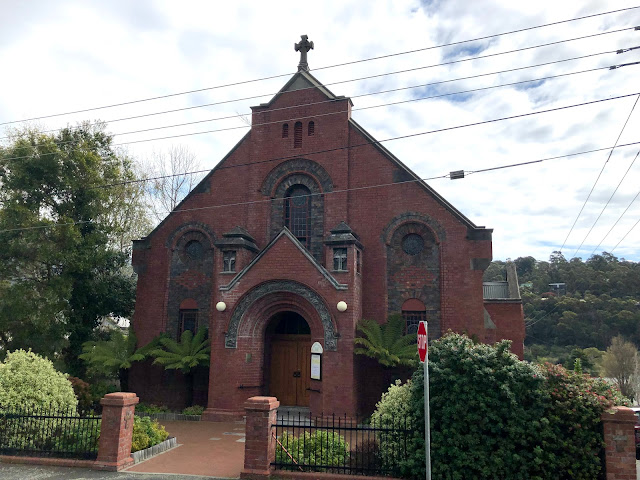No. 1236 - Battery Point - St George's Anglican Church (1838)

Battery Point is an inner suburb on the east side of Hobart overlooking the Derwent River. Its name is derived from the Mulgrave Battery which was established in the 1818 as a coastal defence for Hobart. In the 19th century Battery Point was home to master mariners, shipwrights, seamen, fishermen, shipping agents and many others who worked in the shipbuilders’ yards and on the wharves. Until the mid 19th century much of Battery Point was undeveloped and without roads. A rough track ascended to Kermode's Hill, where St. George's Church now stands. St Georges is one of the most striking churches in Hobart and is a notable landmark. The church was built in stages with the tower and portico being later additions. St George’s was opened on Whitsunday, in June, 1838. Its origins date back to 1834 when a subscription list was opened for a building fund and a site was purchased for £250. The Hobart Town Courier described the site as having “a commanding eminence between the battery an...








.jpg)



